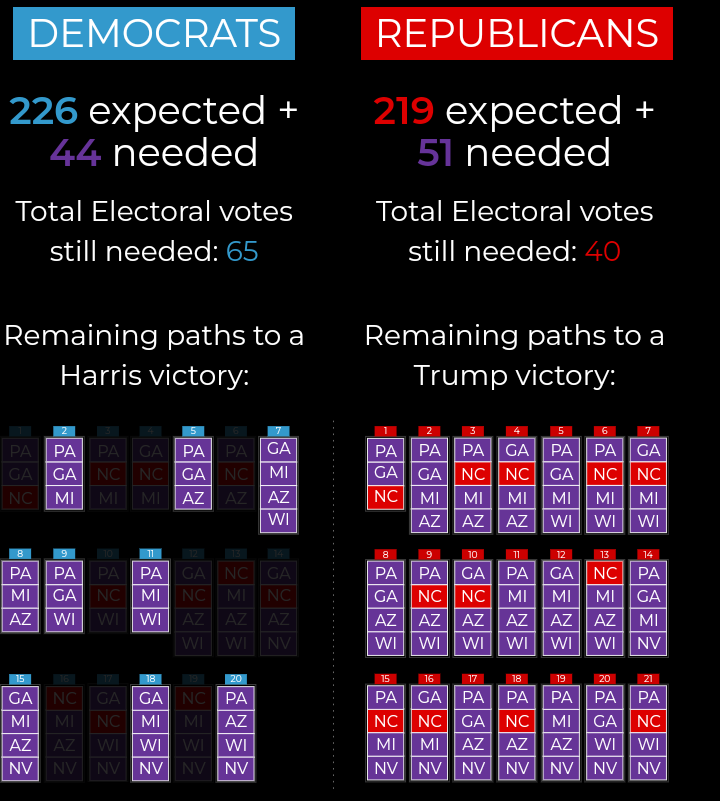

Edit: my phone’s giving me so many problems. I wanted to respond directly to a comment @[email protected] made.
Sorry if this sounds harsh, but my thought is that liberals were never going to rediscover their affection for organizing. Sorry if I’m coming across as too cynical and harsh, but liberalism is a death cult. It’s a philosophical dead end and it’s true believers are too comfortable in the empire to do anything that’s not posturing, symbolic, and ultimately meaningless. Americans needs to divorce themselves from the Democrats and see them as a bourgeoise parties that don’t express their interests. I think the die hard liberals do have their interests represented by bourgeois parties and so they were always a lost cause. Working class people who are either checked out of the process, or only go with the dems out of fear of Trump need to be reached with a political message they can actually see and believe in. Bernie was that for people at a time, but he’s useless now.
Sorry for the rambling. I think my main point is that liberals were never going to organize and we actually shouldn’t wait or want them to. I have no faith in them nor expectations. When they do organize it just absorbs movements back under their fold. The working class itself needs to be the ones organizing. We shouldn’t rely on, or expect, or want, liberals to do the tasks of the working class. Working class movements and institutions have to be the ones taking the active role in history







Thanks! I didn’t want to come off as needlessly antagonistic toward a comrade and it’s hard to tell tone from text. I think we should always be actively rooting out the liberal in our head. And as it’s the hegemonic ideology it can be buried deep inside. Engaging in struggle helps, but I’ll be the first to tell you I’m nowhere as engaged as I should be. So that liberalism can creep up in insidious ways. Especially for those in the imperial core. I’m assuming you are, as I am, but I may be off base.
I think this quote from Assata Shakur is good to keep in mind when thinking about liberals.